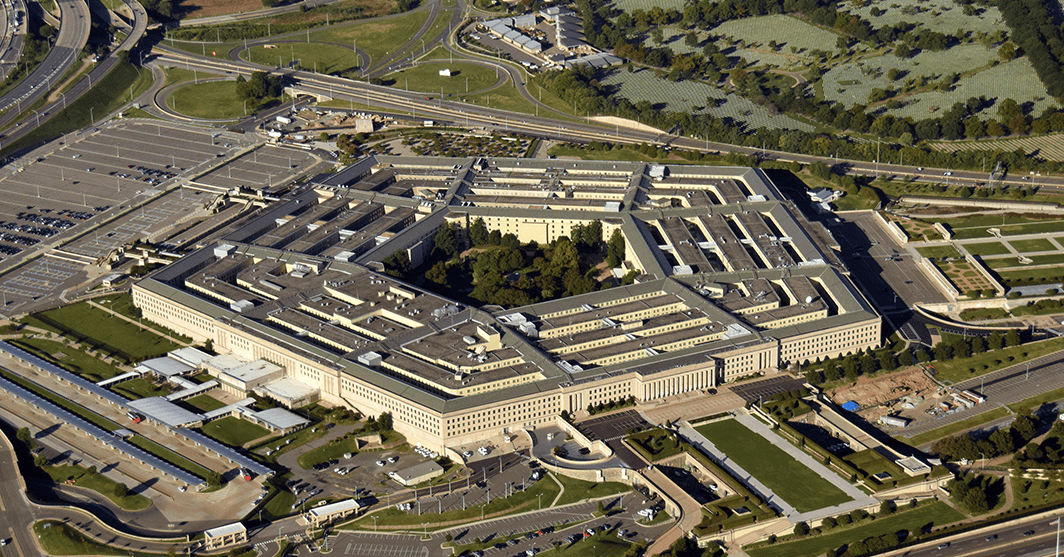Space-based missile tracking has become a top priority for U.S. space agencies as global adversaries’ use of hypersonic and long-range missiles continues to skyrocket, posing a significant threat to national security.
Countries like China, North Korea and others have been building and testing an increasing amount of intercontinental ballistic missiles, or ICBMs, in recent months, raising concern for U.S. military leaders.
Space Development Agency Director Derek Tournear said the future of space defense will be all about “missile warning, missile tracking, missile defense,” as the agency’s buildout of an extensive satellite network accelerates.
“After we develop and field the operational missile warning/missile tracking constellations, we will be fielding the missile defense systems, which are able to do the actual fire-control quality [data] from space—so we can send those down directly to interceptors,” said Dr. Tournear, a Wash100 Award winner, during the recent 2022 Space Symposium.
Compared to other global powers, though, the U.S. is playing catch-up in hypersonics. Currently, SDA doesn’t expect to launch its Tranche 1 tracking layer, composed of 28 missile-tracking satellites, into low-Earth orbit until Apr. 30, 2025. This much-anticipated constellation will finally give the U.S. the ability to track hypersonic weapons for the first time.
The Potomac Officers Club will feature Tournear as keynote speaker for POC’s 2nd Annual Industrial Space Defense Summit on May 17.

Join the summit to hear from Tournear and other prominent space leaders, like Gen. James Dickinson, commander of the U.S. Space Command. Click here to register.






